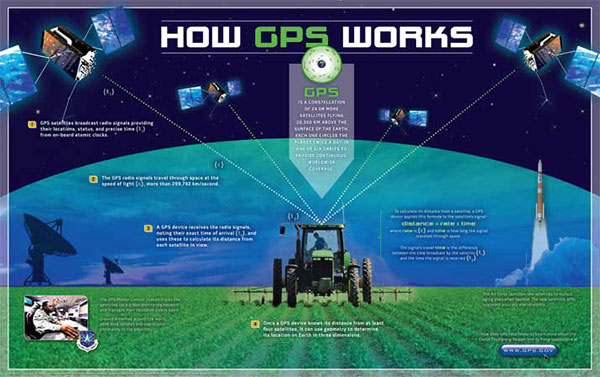
How Does a GPS Work?
A GPS Works Like Magic. No Way
Before GPS, there were stars. Well, the stars are still here (or there), but we don’t use them for navigation like we used to. We’ve got GPS for that. Global Positioning System, or GPS is what drives us (quite literally) today. It helps us get around whether we’re driving our car, flying our plane (the lucky few) or out sailing on our boats. How does it work?
The GPS is actually a system, not a device or piece of tech. It’s comprised of three parts: receivers, ground stations, and satellites. Starting from above:
- Satellites: A number of satellites are in orbit in a way that every receiver on earth is able to detect signals from at least four of these. The satellites send out microwave signals and just like we would know where the stars used for navigation are, we know where the satellites are in the sky, helping us pinpoint our location.
- Ground stations. The ground stations use radar technology to make sure the satellites really are where we think they are.
- Receiver. This is the “GPS” that you’ll find your smartphone, iPad or dedicated GPS navigation systems. The receiver will calculate the distance from the 3 to 4 (or more) satellites and that’s how you get to know your precise location.
Global positioning systems can pinpoint your location to within a couple of yards. The most advanced GPS can pinpoint locations on the ground to within a few inches. A GPS is perhaps most helpful in the sky and on the water since neither have physical lanes, buildings etc. that can be used for reference.
So, we’ve certainly come a long way from watching the stars for navigation haven’t we? While you can still look into the sky and watch the beautiful stars shining, you don’t have to depend on them to get around the city, the sea or the world.
Fatima M.
Freelance Blogger





Follow Us!